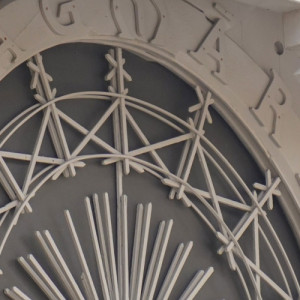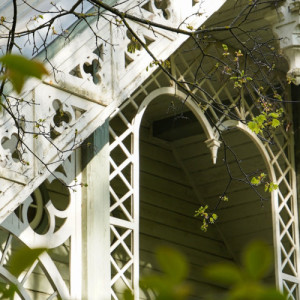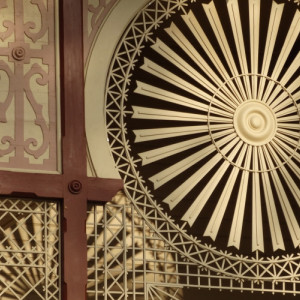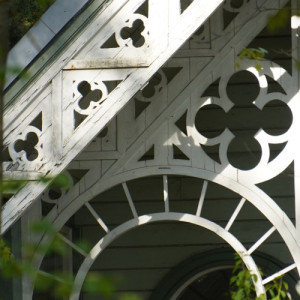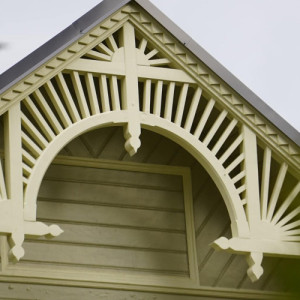Wooden Architecture Guide
This guide, created in close collaboration with the Jūrmala Cultural Space and Environmental Design Centre, invites visitors to take a leisurely walk through the city’s historic architecture, from the Vaivari to Lielupe neighbourhoods, exploring an urban environment that still preserves one of the finest examples of wooden architectural heritage in Latvia.
Jūrmala’s historical built environment emerged at a time when seasonal residences, adapted to the coastal climate, were constructed from locally available materials – wood – with their forms and details reflecting regional woodworking traditions. The development of the city was shaped by outstanding architects of different backgrounds – Baltic German, Latvian, Russian, and Finnish – including Arthur Moedlinger, Wilhelm Bockslaff, Heinrich Scheel, and Eižens Laube.
Today, this wooden architecture defines Jūrmala’s unique identity. The city is home to 385 officially listed architectural monuments of national, regional, or local significance, and over 700 culturally and historically valuable buildings worthy of preservation.
The route begins in the neighbourhoods of Vaivari, Asari and Melluži, where the picturesque Kāpu iela – the main artery of Jūrmala’s villa architecture – runs alongside historic Art Nouveau boarding houses. This section also leads to the Melluži Open-Air Stage, the only preserved historic concert garden in Jūrmala. In Dubulti, quiet winding streets reveal romantic summer houses representing a range of architectural styles, from Historicism to Art Nouveau.
The route continues through the city centre – Majori and Dzintari – where Jūras iela forms the most representative axis of wooden architecture, lined with ornate villas. Edinburgas and Dzintaru prospects offer a glimpse of both aristocratic summer residences and family villas in the National Romantic style.
The final part of the route passes through Bulduri and Lielupe, where Bulduru prospekts unfolds as a continuous gallery of architecture, and Meža prospekts surprises with tower-like constructions and richly decorated façades. These areas showcase Jūrmala’s architectural diversity – from Classicism and Neo-Gothic to Art Nouveau and National Romanticism, offering a visually striking architectural panorama.
